A Beginner’s Guide to Picking The Right Fly

There is probably no item in a fly shop that presents more possible choices than the fly bin. A novice that I was teaching once told me that they felt they would need a Phd to understand them all. For those of you who share that feeling, keep in mind that in my entire fishing life, I have never landed a fish that could tell me the name of even one bug they were eating! While it is true that I probably have something close to a thousand flies in my vest, I have been doing this for many decades, and well, stuff just accumulates. In reality, if you learn to imitate just six bugs, you can pick out flies that will effectively catch trout anywhere in the world. Actually you only need to learn four, because everyone has already heard of at least two, (ants and grasshoppers) so maybe I will throw in one other bonus category at the end.

Let’s say you have just walked up to the edge of a stream, and after watching for a few minutes you don’t see anything happening on the surface. This is typical. Probably 85% or more of trout feeding behavior happens below the surface, so just because you don’t see activity it doesn’t mean that the fishing can’t be great. Walk out into a shallow riffle, and pick up some rocks and look underneath them. If you are in a healthy trout stream, you should find lots of little wiggly things sticking to the rock. While there are exceptions to everything I am about to say, in general, you will have a collection made up of just four insects. These are the primary aquatic insects that make up most of a trout’s diet. The crawly ones with legs are nymphs, and will be either stoneflies or mayflies. Stoneflies are generally larger than the mayflies. If they look like caterpillars or grubs, you have found caddis fly larva. These can also look like collections of tiny sticks or sand glued together, but if you peel away the sticks, you will find the grub like larva. Finally, if they look like tiny worms or mosquito larva, you have found some midges.

With surprising frequency these insects get swept into the current, where trout gobble them up with delight. Any fly that resembles one of these bugs and floats realistically in the water column will also be eaten by a fish. Detecting that “take” is not always simple, but that’s a topic for another day. When looking at the bottom of the rock you picked up, you will often notice one particular bug is far more common than the others. That is the one you want to imitate, because trout will often focus their feeding on the most common food item that they see. I will also note if you see a couple of really large bugs, usually stoneflies, try imitating them as well. Now you simply look at your fly box and pick out a fly that looks like the bug you want to imitate. None will look exactly like what you are seeing, but some should have the basic shape or silhouette. The most important thing is to get the size as close as you can. A reasonable imitation that is the perfect size, will almost always catch some fish!

Now let’s translate this information into what you need to look for in a fly shop. While every location will have their own system of organization, generally there will be a section of the fly bin dedicated to nymphs or wet flies (because they are intended to sink and fish below the surface). Remember that there is never any shame in asking for help, as anyone working at a quality shop will be glad to be of service. You will find that there may be dozens of different patterns just for mayflies, but don’t be intimidated. Just pick one or two. The shop clerk will be able to recommend the local favorites. The key here is to get several sizes of whatever pattern you select! This is one of those times that size really does matter, and if fish are’t taking the pattern I think they should, I generally try a different size before I go to a different pattern. Notice I haven’t mentioned any pattern names. The fish truly don’t care. They just see food, eat food. And yes, over time you will learn some fly names, but if you can just recognize the basic shape of the bug, you can select a fly that will catch fish.

You may notice that so far I have only discussed flies that are fished below the surface. That is because aquatic insects are the major ingredient for most trout diets, and aquatic insects spend about 99% of their life underwater. If I had to survive by catching fish, I would always go with nymph patterns first. But guess what? Every one of these insects will eventually mature into an adult, that will emerge above the water and fly around! For perspective, aquatic insects will spend one to three years growing underwater, and survive as adults for one to maybe a few days at best. However, when they do emerge as adults, they become sitting ducks on the surface of the water, and trout will grab the easy meal. Sometimes members of a given species will emerge at the same time by the thousands, creating what we lovingly refer to as a “Hatch”. Now you can see the fish feeding! You can tell when the fish takes your fly! It is not hard to understand why it’s so much fun when you can fish on the surface, using “Dry Flies”.

A little close observation will help you to zero in on what bugs you are looking at. When mayflies emerge, they tend to float on the surface for a few seconds to let their wings dry, making them easy targets for fish. You can see their wings folded together above their bodies, much like little sailboats. Caddis flies pop out of the water quickly and look like erratic moths flying around. Sometimes if you shake a bush next to the stream, it will explode in moth like insects. That is a good sign that fish have been seeing caddis. Stoneflies are generally large, (think grasshopper size), with wings folded flat over their body. In flight, it seems that they struggle to stay airborne even with all four wings going full speed. Finally we have midges. They look like very tiny mosquitos. Basically, they are super small, as are the flies that imitate them. If the bug is just too small to see properly, you can pretty safely assume it’s a midge.

Back at the fly shop, your dry flies will also be organized together, in groups of Mayflies, Stoneflies, Caddis flies, and midges. Again, while there will be many variations on each bug, there will be a lot of similar features across each kind of insect. Again, just one or two patterns in multiple sizes is my preferred way to go. Yes, there will be times when the exact shape and color can be important. (This is most often the case when the water is slow and very clear, and the fish can carefully analyze every bug they eat.) There will be days when you might go through five or six mayfly patterns before you find “the one” that they are taking. But trust me, a good presentation with a fly that is the basic profile and the right size, will almost always catch a few fish.
If all you ever do is develop a basic understanding of these four aquatic insects, you will catch fish. If over time you delve into the nuances of different species and the timing and specifics of different hatches, you will catch more fish, and become a skilled angler. But there are other sources of food that can be important to trout, and learning about at least some of these will also lead to more success. There is a vast population of insects that want nothing to do with water. These are collectively called “terrestrials”. Any bug that can fall off of a branch, or get blown into the water while flying can become a food source for trout. Of these, ants and grasshoppers are the most useful to know. Anytime you see grasshoppers near a trout stream they might be worth a try. From a trout’s perspective, a grasshopper can be thought of like a giant T-bone steak floating down the river. They may not see a lot of them, but it is a meal that they seem to remember. I personally think that from underwater, a grasshopper looks very much like an adult stonefly, so there is the added benefit of imitating two different bugs with the same fly. A hopper imitation is also a real good floater, so it makes a great fly to suspend a nymph from, creating the classic “hopper dropper” rig.
As for ants, they might be nothing more than a tiny morsel of food, but on some days they just seem to do the trick. Think slow days on slow moving streams, and a lazy, infrequent rising fish near the shore. If there is no obvious hatch, an ant pattern may just be the ticket. I also like to use a big foam ant imitation as my top fly when using two flies in a lake or pond. Evidently a little breeze can blow these guys out of trees, as I get plenty of strikes on breezy days.

Finally the bonus fly. Consider that big fish often like to eat smaller fish. They also might eat leaches, crayfish, or for some reason that fluorescent pink wiggly thing that just swam in front of them. All of these fall into a large class of flies called streamers. I know some guys that fish nothing but streamers, and they tend to catch some really big fish. While they are rarely my first choice, there are definitely days when streamers are the ticket, and the savage strikes you can get are worth the price of admission. As for picking them out of the fly bin, just close your eyes and go for it. Everyone has their favorites, and every shop will have recommendations, but if ever there was a case for using a dartboard for picking a fly, this would be it. No matter how you pick them out, its always a good idea to carry a few of them, and give them a try every now and then.

Remember that this is a starting point. I carry lots of flies in my vest because there are times that identifying exactly the food that fish are eating at that given time, then providing the perfect imitation is required. There are many other organisms that trout and other fish eat, along with many flies designed to imitate them. Over time, learning the details about trout foods can be beneficial. But also know that I have what I call my go-to fly box, which basically has a simple selection of flies like I have just described. Its a small collection of favorite patterns that catch most of my fish. If I am hiking in a long distance, its often all I carry. Also know that when you are standing in earshot of a couple of anglers who are rattling off long lists of latin names of supposedly the exact bugs the fish are eating, there is no need to feel intimidated. Instead, just smile to yourself, and know with confidence that most trout don’t read books. They don’t care about latin names. They just see food and eat it. You can learn to find what that food is, imitate it, and catch plenty.
By Scot Bealer
Scot first started guiding in the 1980’s, and has fished extensively through the rocky mountain west and many other parts of the world. When not on the water, he is typically out working with his wife, Lea Frye, doing wildlife photography. See their work at https://www.leaf-images.com, or follow them on Instagram @lea.f_images


















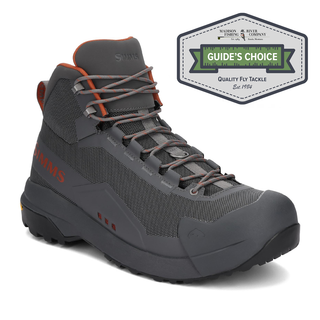



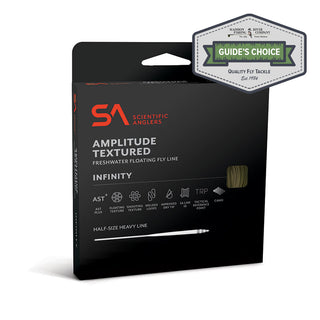




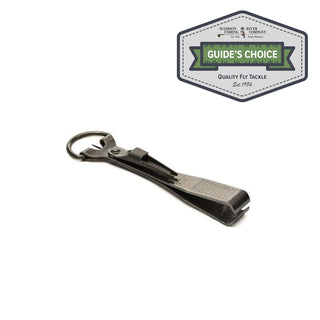































































































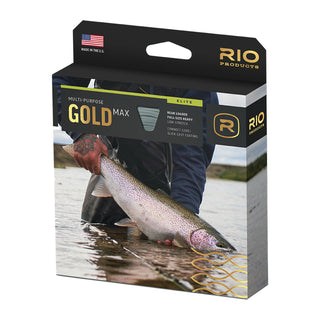















































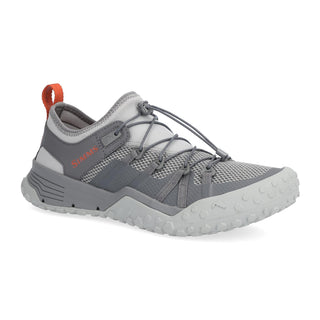












































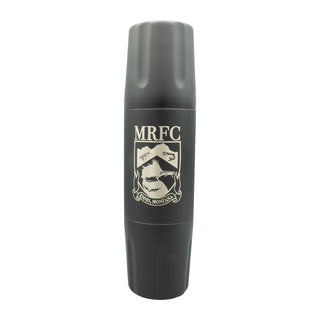
































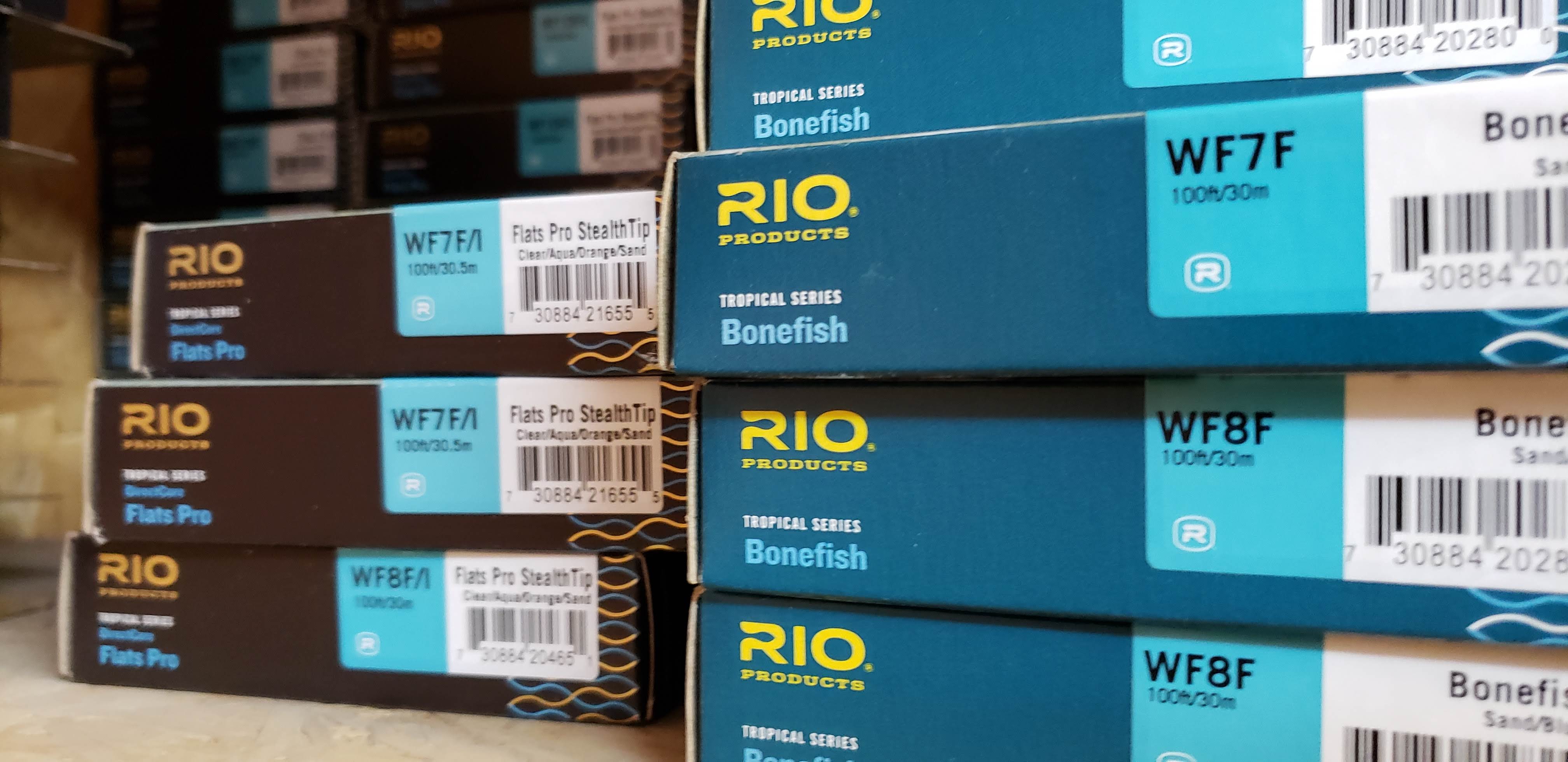

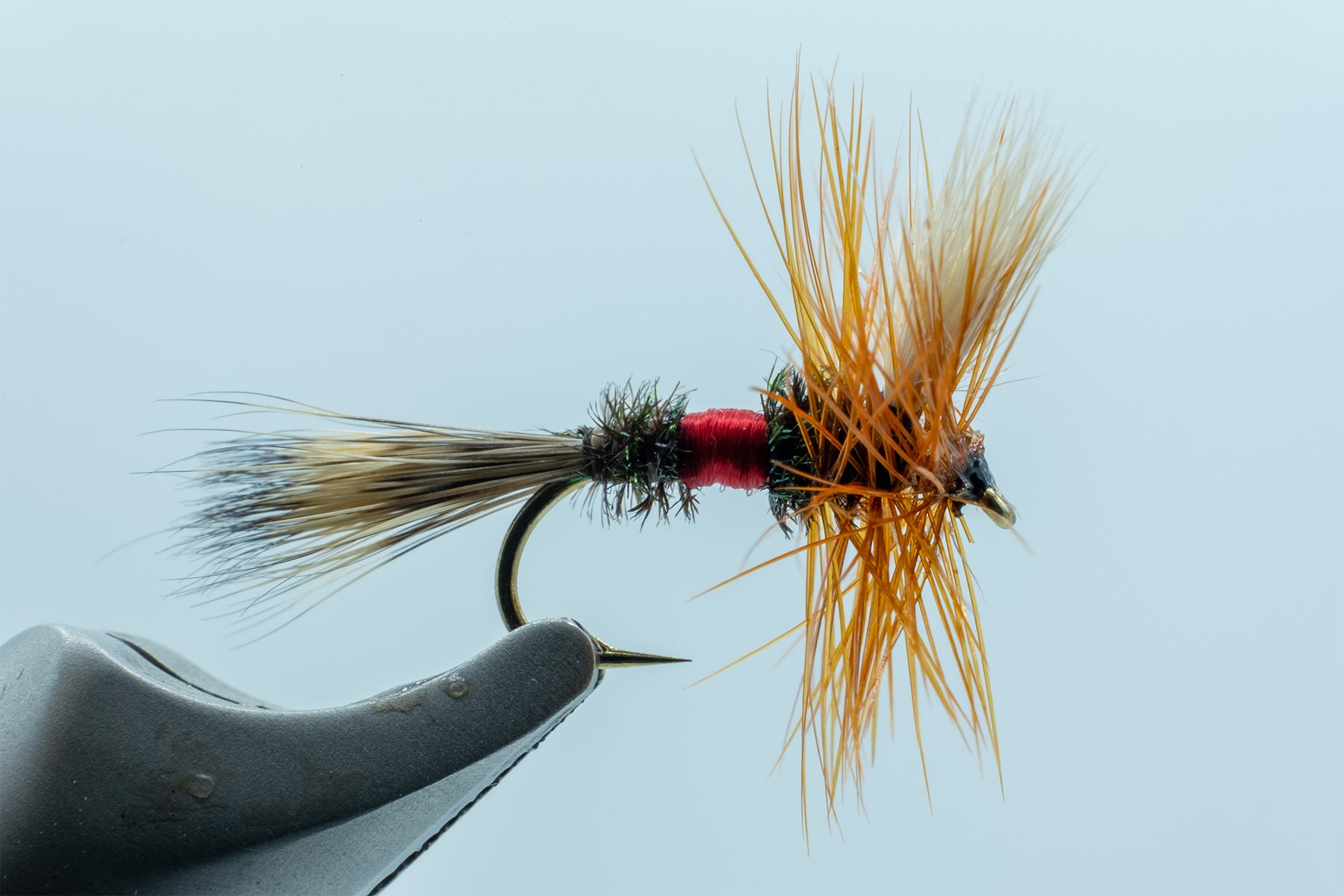
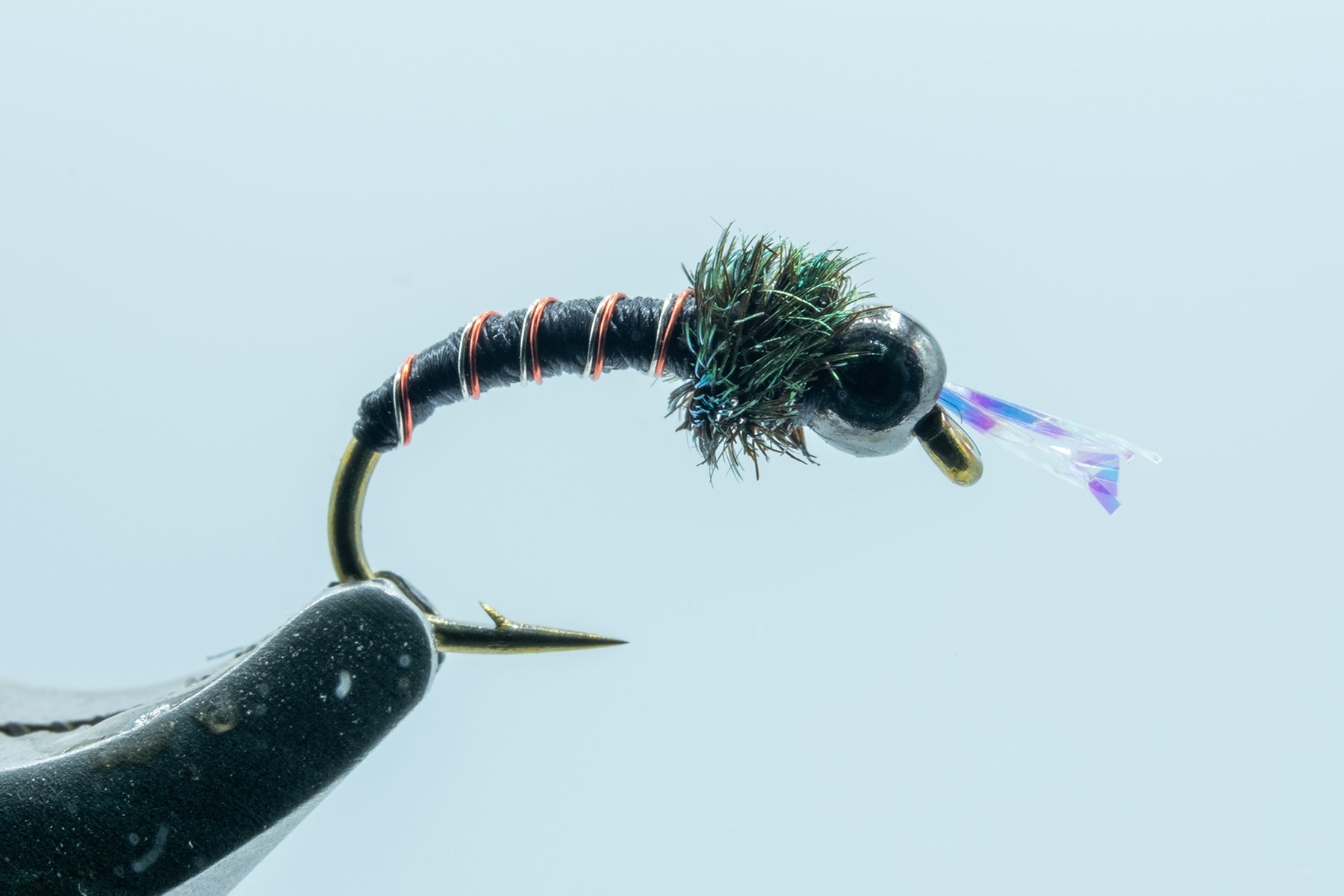
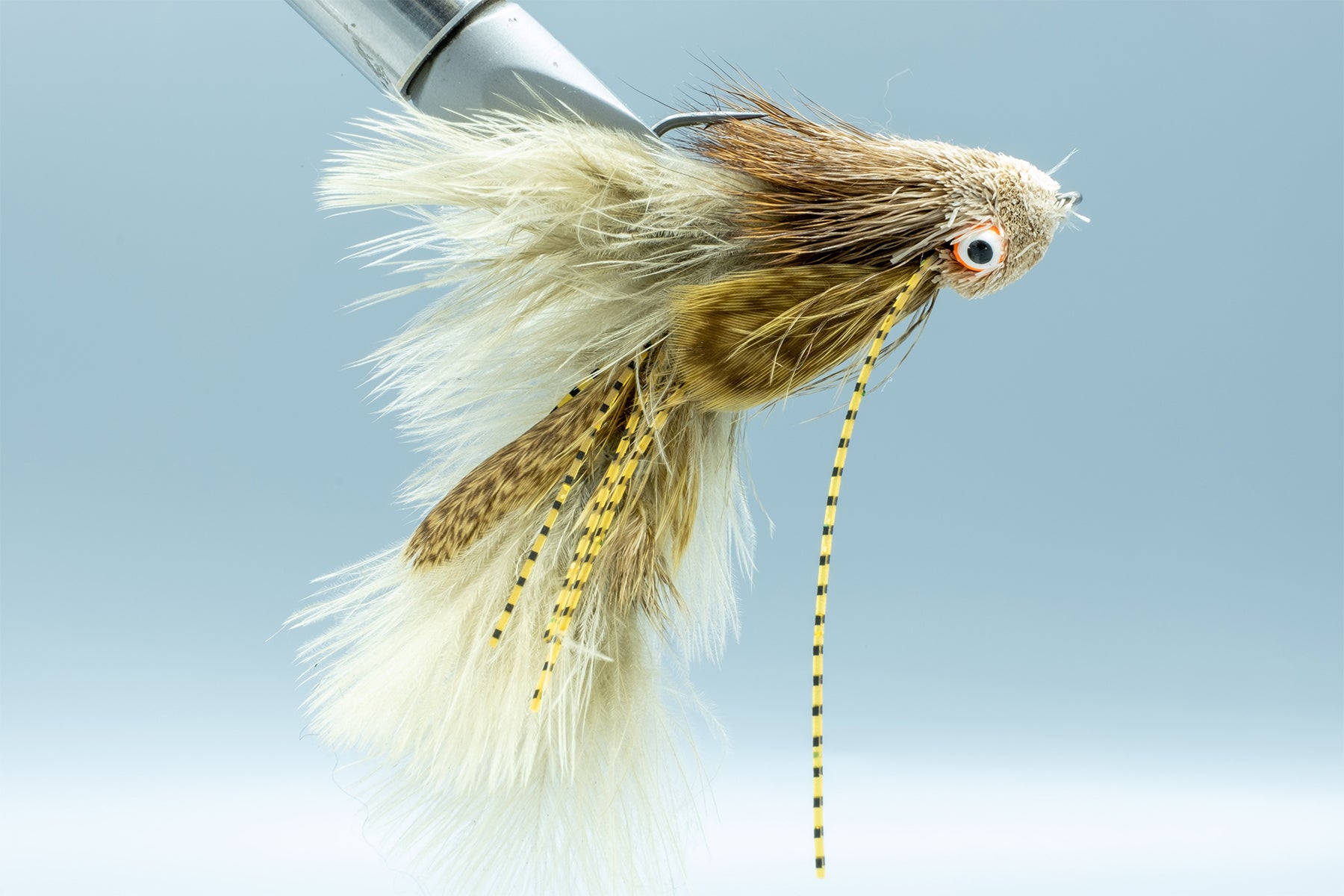
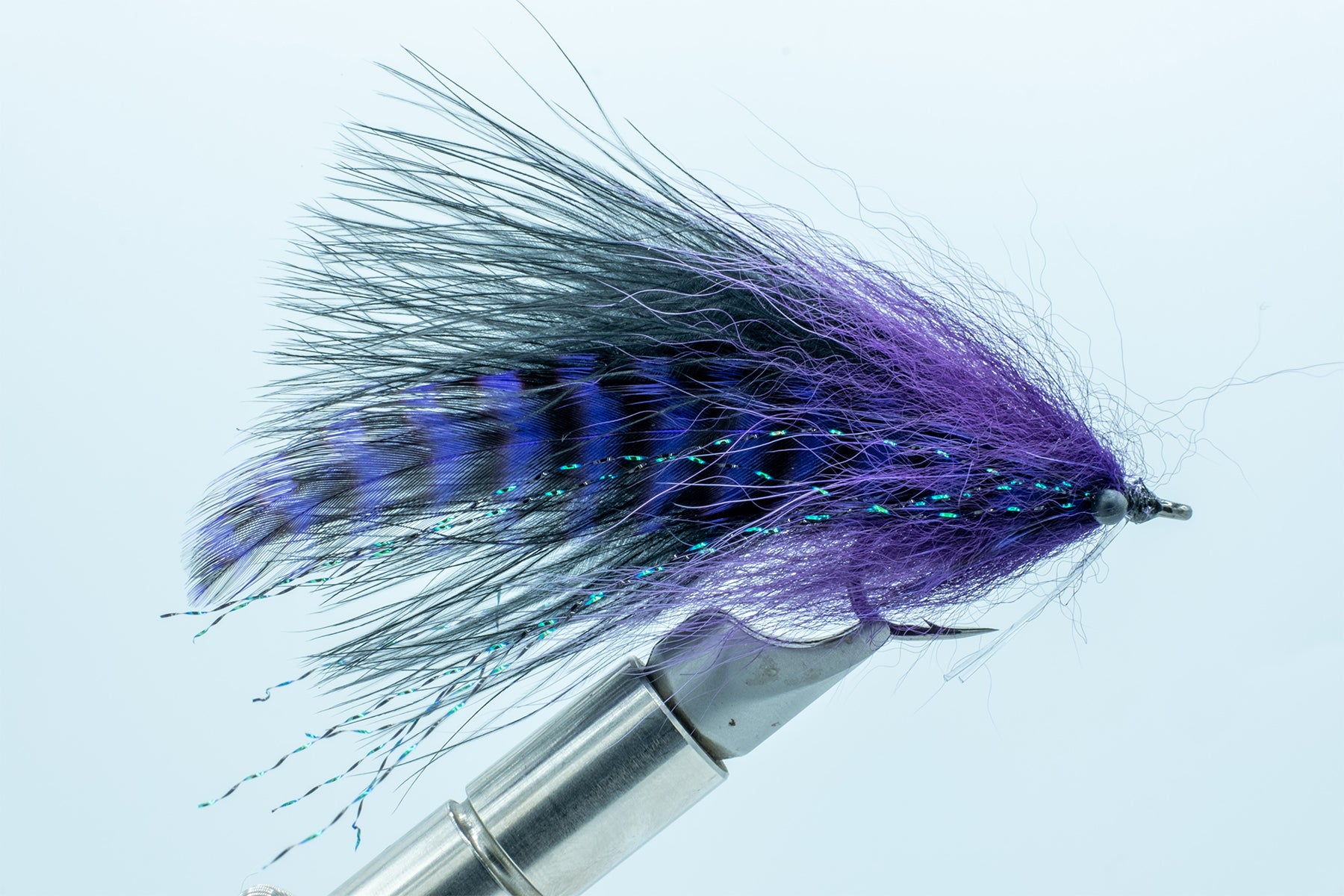
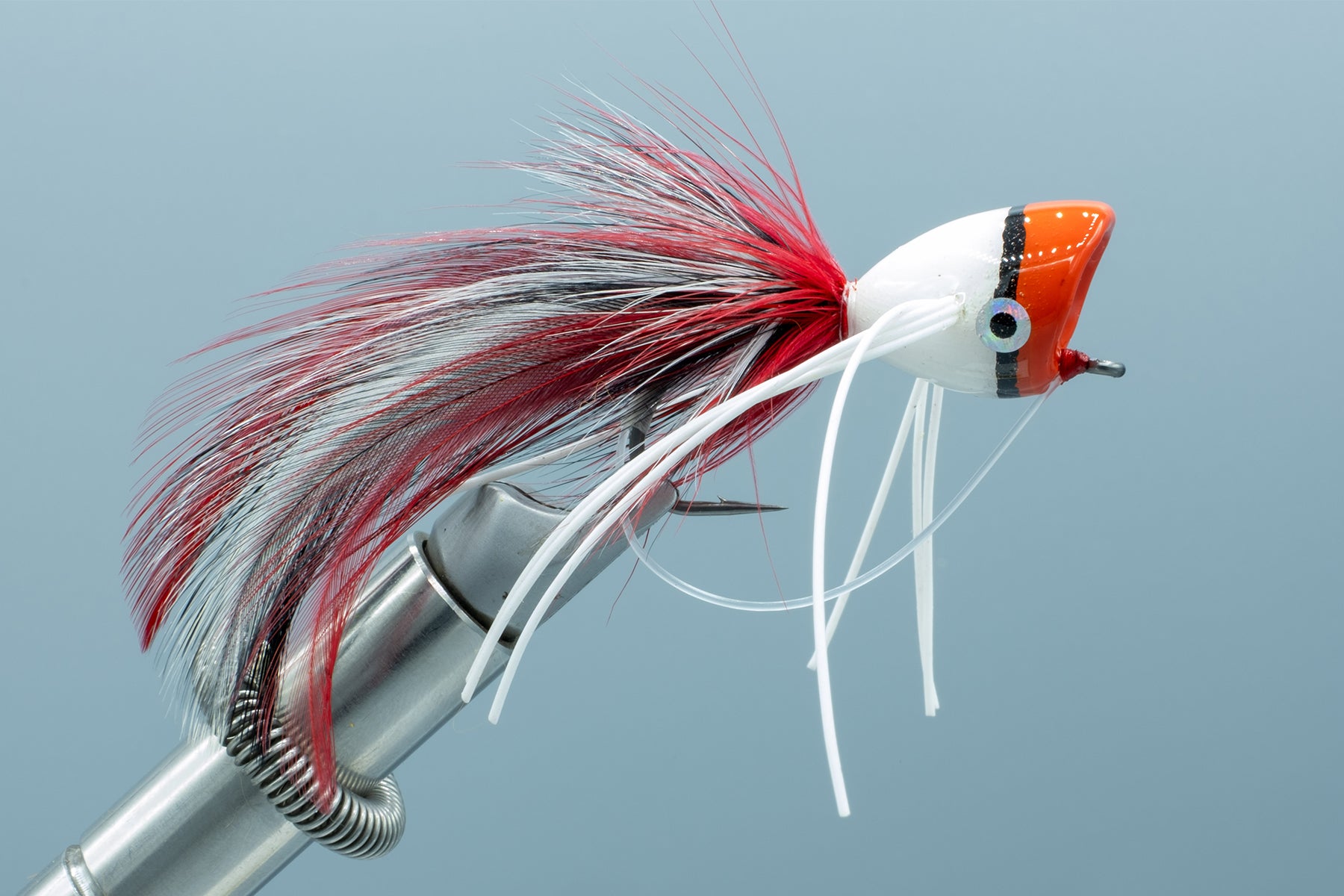
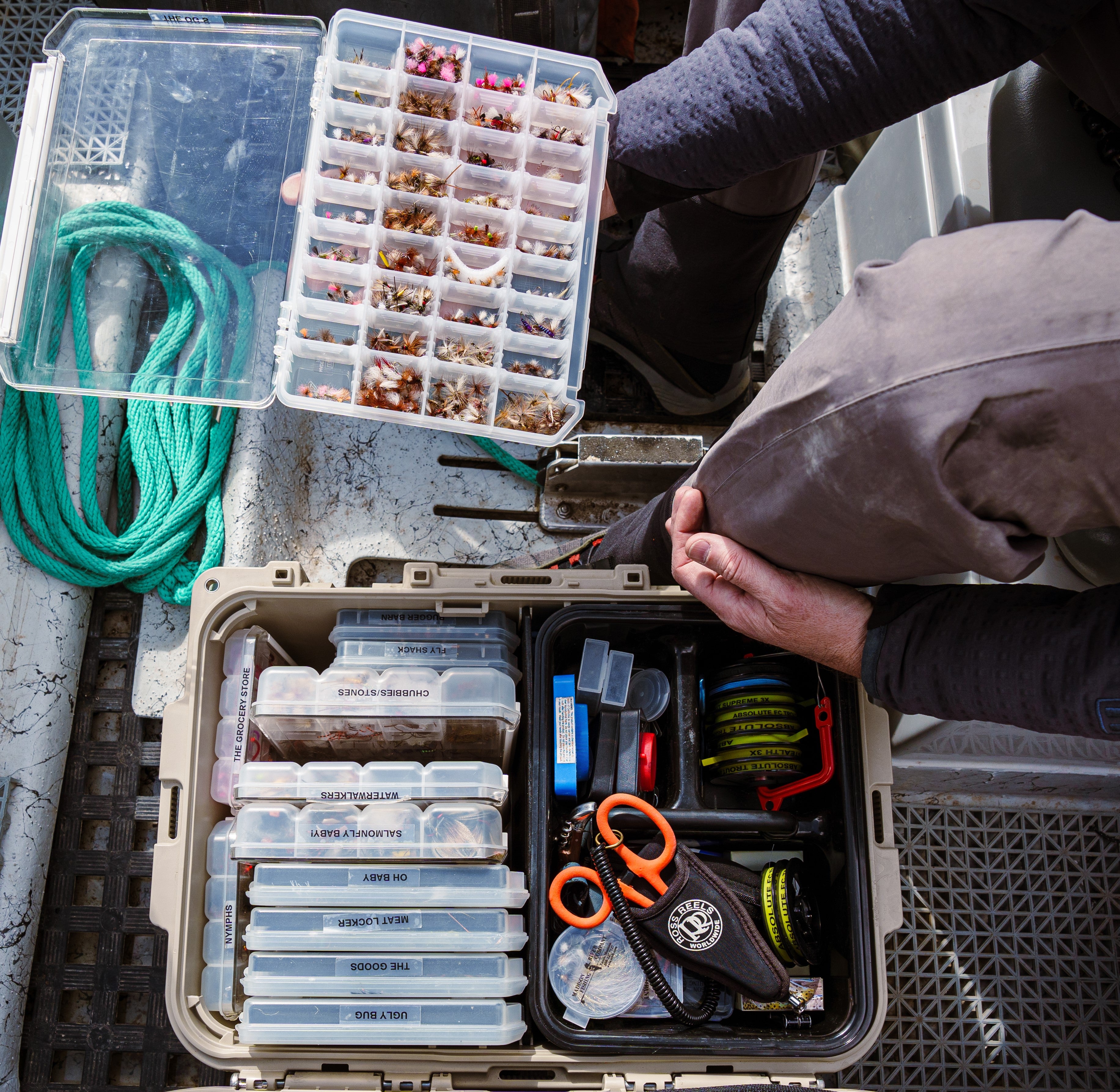
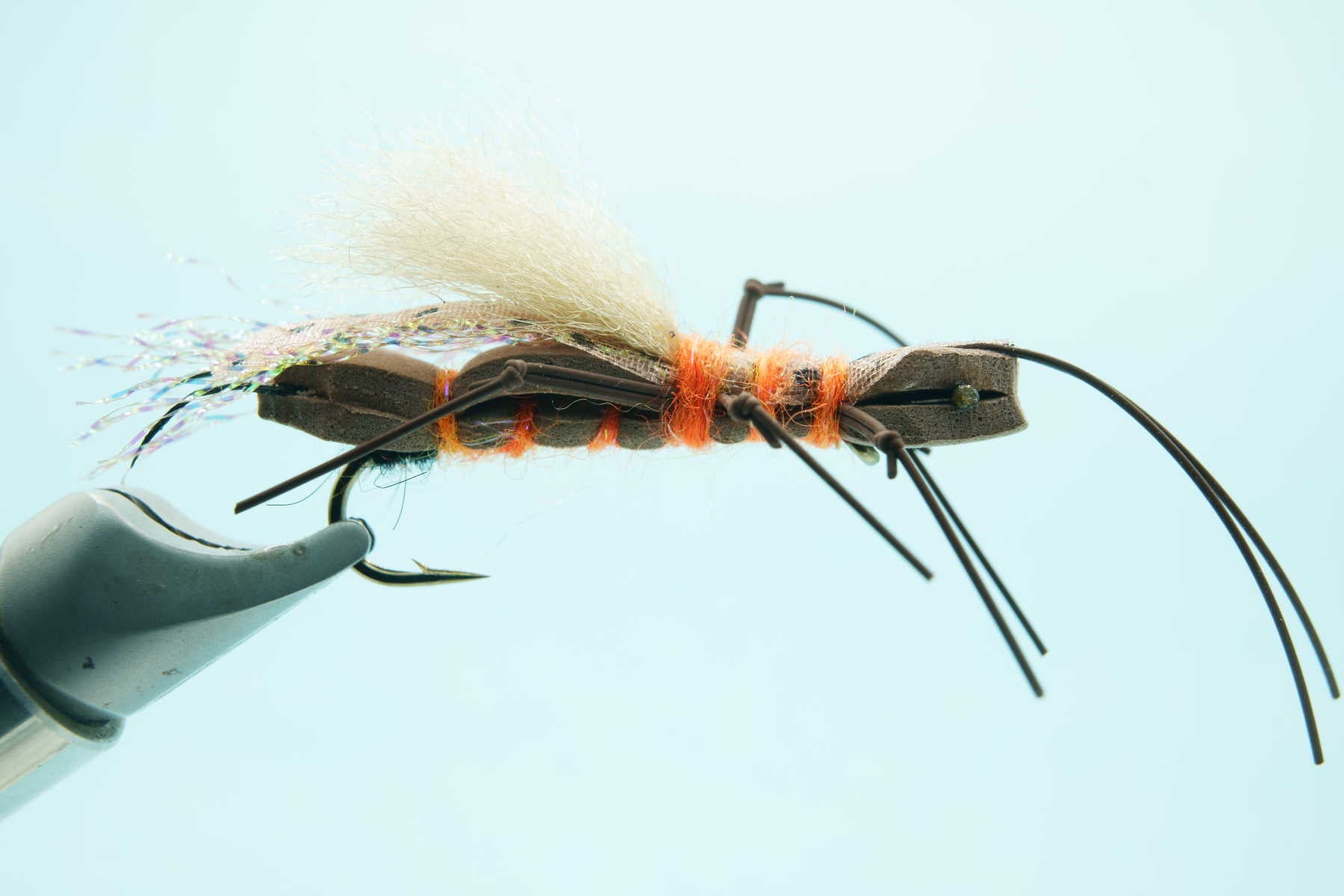
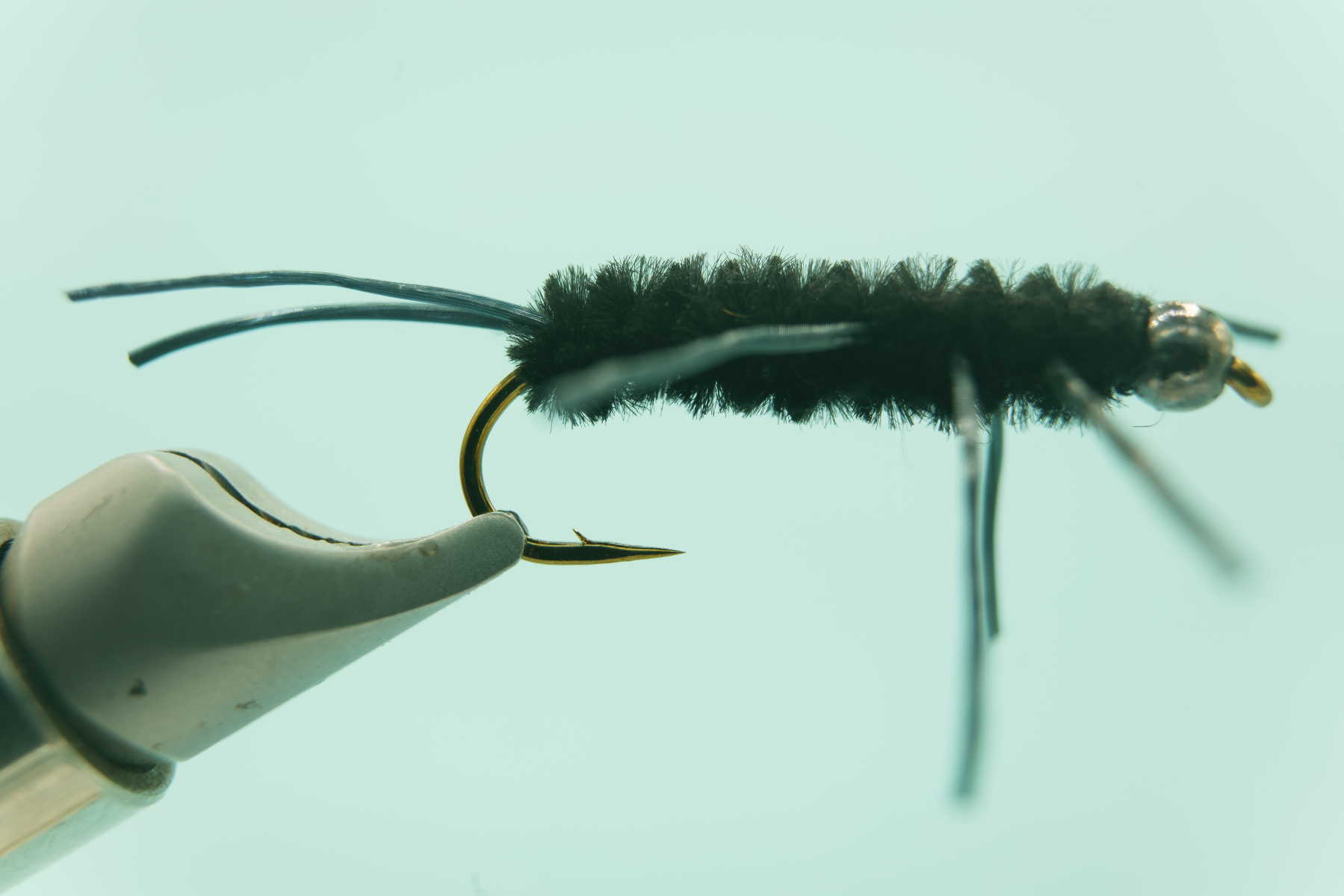
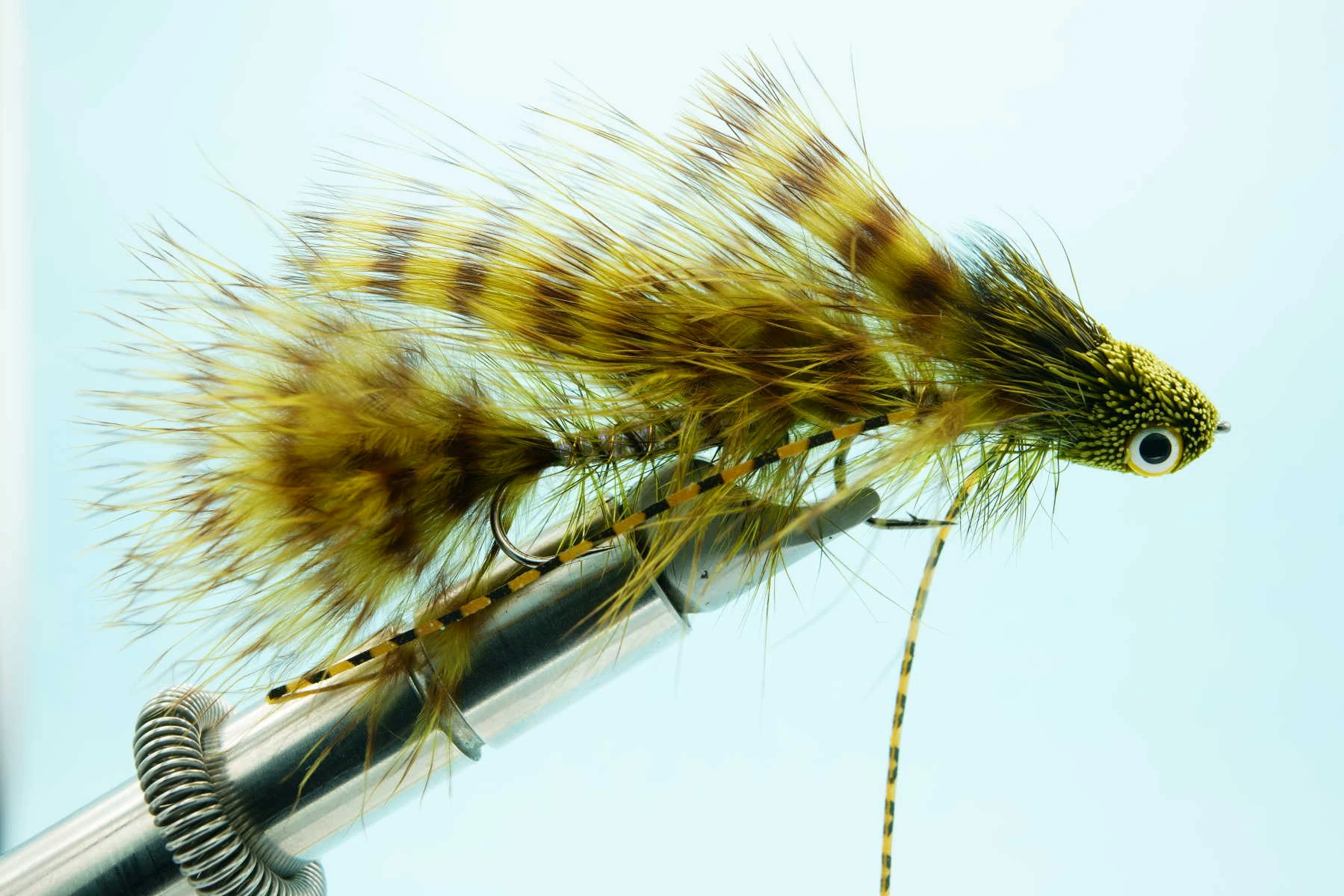
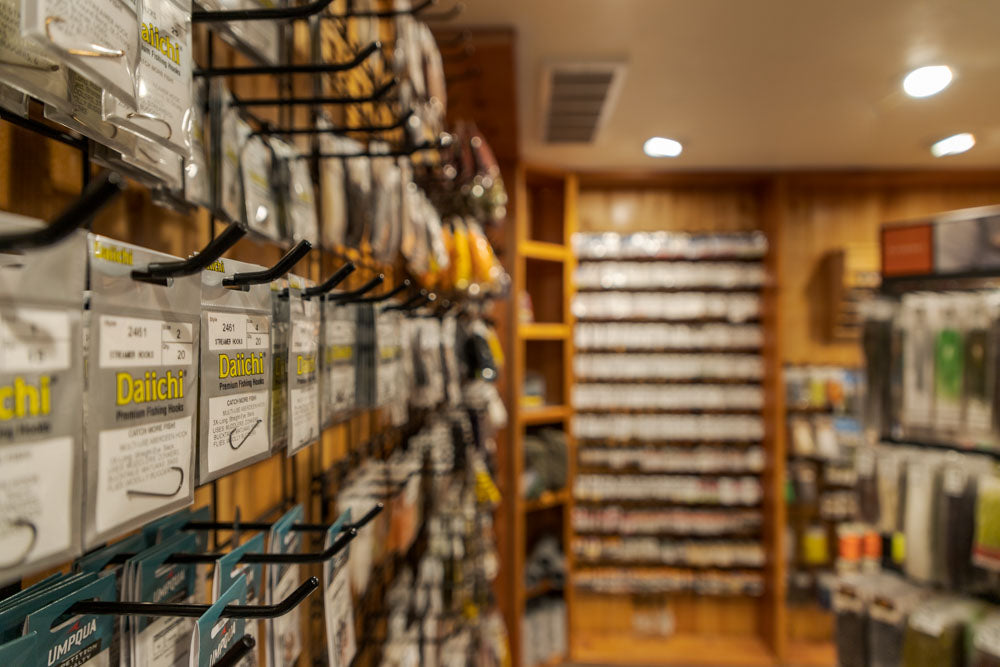






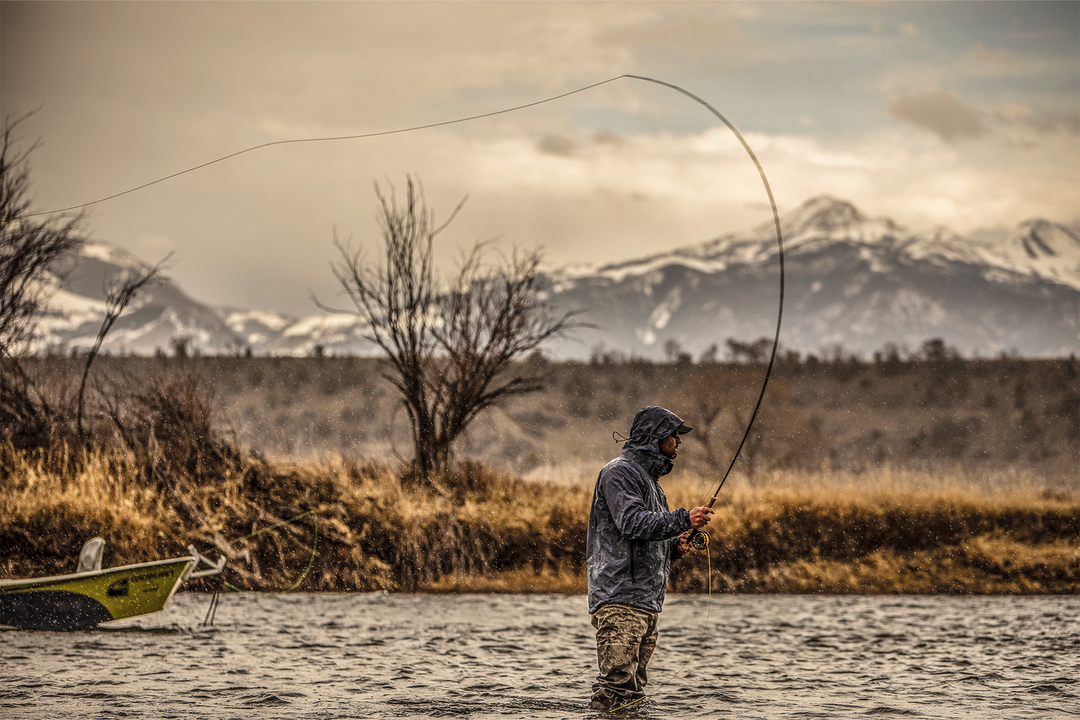


Leave a comment